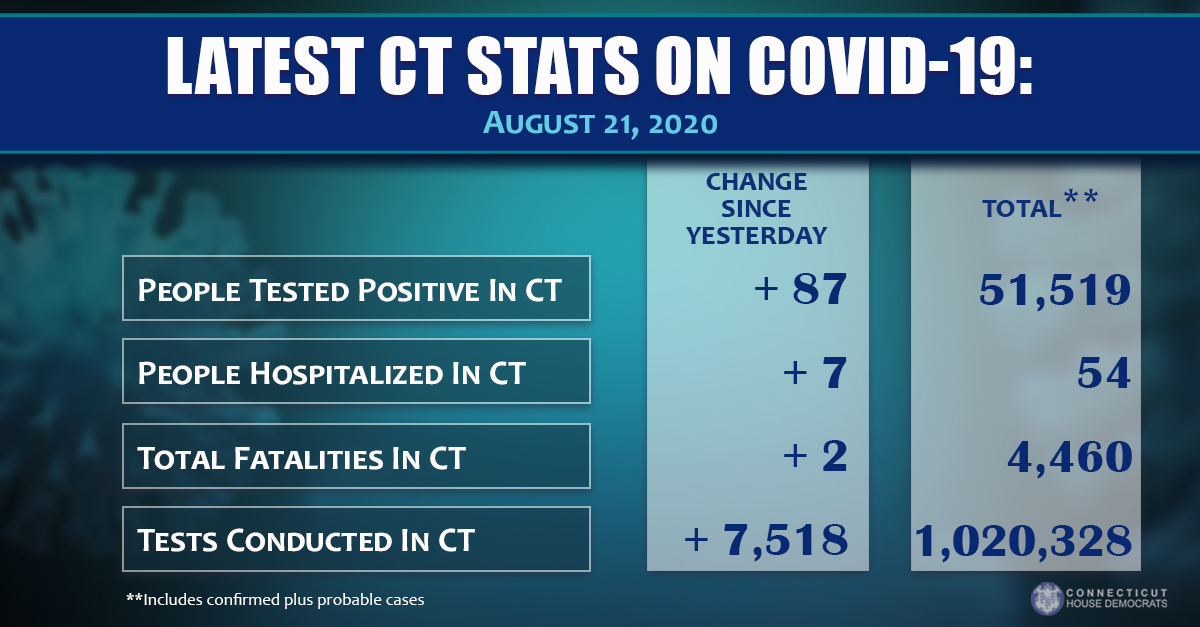|
Weekly update to the regional travel advisory: Alaska and Delaware added, Washington removed
The regional travel advisory between Connecticut, New Jersey, and New York that directs incoming travelers from states with a significant community spread of COVID-19 to self-quarantine for a 14-day period was updated this week and now includes the states of Alaska and Delaware on the list of impacted locations. Meanwhile, the state of Washington has been removed.
The quarantine applies to any person arriving from a state with a positive test rate higher than 10 per 100,000 residents over a 7-day rolling average or a state with a 10 percent or higher positivity rate over a 7-day rolling average.
As of today, the full list of locations meeting this criteria includes:
- Alabama
- Alaska
- Arkansas
- Arizona
- California
- Delaware
- Florida
- Georgia
- Hawaii
- Iowa
- Idaho
- Illinois
- Indiana
- Kansas
- Kentucky
- Louisiana
- Maryland
- Minnesota
- Missouri
- Mississippi
- Montana
- North Carolina
- North Dakota
- Nebraska
- Nevada
- Oklahoma
- Puerto Rico
- South Carolina
- South Dakota
- Tennessee
- Texas
- Utah
- Virgin Islands
- Virginia
- Wisconsin
This list will continue to be updated on a weekly basis as the situation develops across the country. Anyone seeking the most up-to-date information on the regional travel advisory is encouraged to visit the state’s coronavirus website.
|

